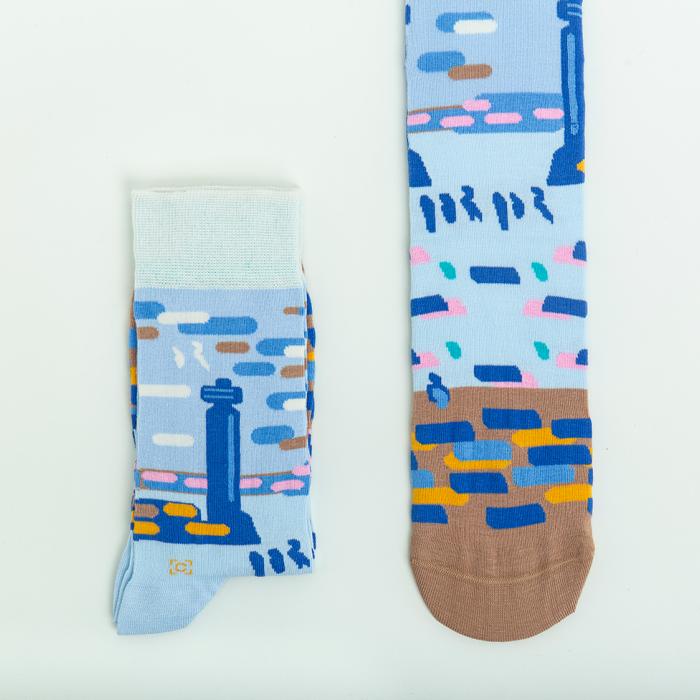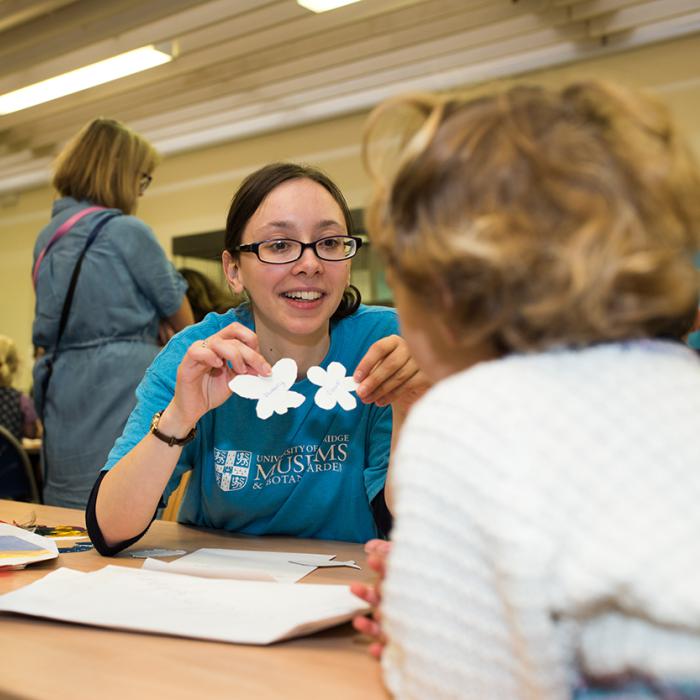Hot magma beneath a volcano always wants to move up towards the surface. This is because it is a hot liquid and is less dense that the surrounding rock and so rises upwards. But as a magma rises it cools and eventually turns into solid rock...
In this experiment you will see what happens when melted wax moves through layers of sand and water, just like magma moves through layers of rock to reach the Earth's surface.
Download the instructions and information sheet
When there is an explosive volcanic eruption a large amount of material is thrown up into the air in an eruptive plume or column, made up of tiny rock fragments and very hot gases. The material is initially thrown upwards by the force if the explosion, but it keeps rising and stays airborne for a long time... so what stops it falling down?
In this experiment you can create your own eruptive column in a fish tank and find out what it is that makes it rise.
When molten rock (magma) is underground it often has lots of gases dissolved in it, just like liquid coke is full of dissolved carbon dioxide gas. As magma rises closer to the surface the gas starts to escape (exsolves) from the magma, but what happens then?
In this experiment you can use coke to represent magma under a volcano and see what happens when all the dissolved gas is released!
Download the instructions and information sheet
How does burning fossil fuels threaten Antarctic marine life?
This experiment demonstrates the link between increasing carbon dioxide levels and ocean acidification and freshening oceans. Freshwater and more acidic water in the oceans make life harder for Antarctica’s marine animals.
The experiment and video were made by Nick Barrett. Nick is a PhD student at the University of Cambridge Earth Science Department and The British Antarctic Survey investigating the resistance of Antarctic marine species to predicted freshening and lower salinity in the Southern Ocean.
The Whipple Museum has a large collection of globes from different times and places. Some of them are of the Earth, like this one which you can colour in - what countries can you see on it? Other globes in the collection are of the moon, different planets or the night sky with all the stars.
It’s estimated that there are about 20 million penguins in Antarctica. When it’s really cold they huddle together to keep warm. The most extreme huddle ever recorded was 19 Emperor penguins within a square metre!
Have a go at making your own penguin. All you need is some paper, and a pen for drawing on the eyes.
What does Frank need on his polar adventure? What will he eat? How will he stay warm? How will he stay cheerful?
Download our activity sheet to give him a helping hand.
A series of activities inspired by some of the newspapers made on polar expeditions from our collection at the Scott Polar Research Institute. Enjoy designing your own news report.
A series of activities inspired by the barrel organ in our collection at the Polar Museum. Enjoy learning about music on board ship, finding out how music affects us and have a go at making some of your own.

